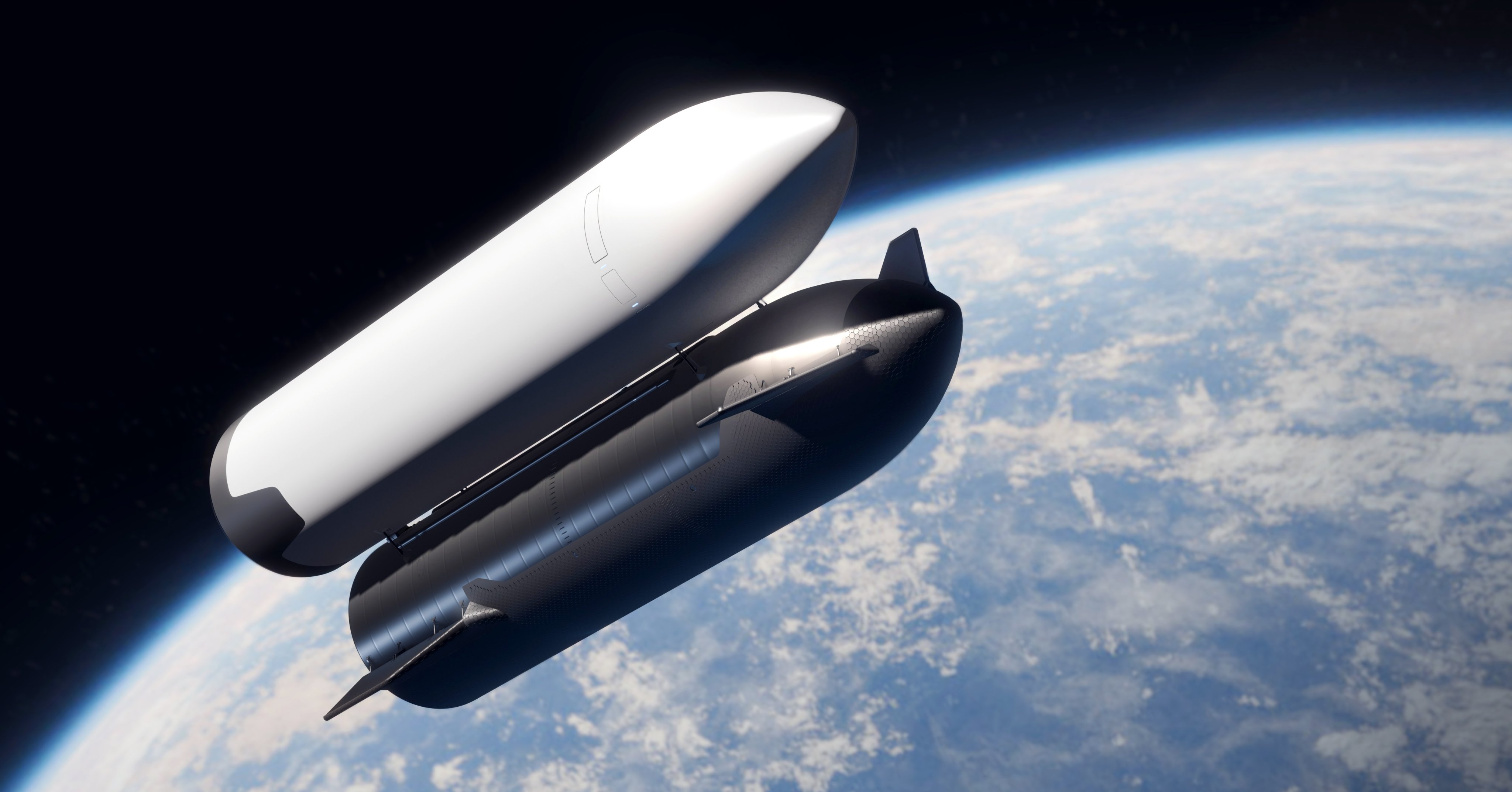What are the technical challenges in developing SpaceX’s Starship refueling system for in-orbit operations?

Hello, space explorers! 🌌 Today, we’re diving into an incredible yet intricate aspect of SpaceX's ambitious Starship program: the refueling system for in-orbit operations. As we set our sights on missions to the Moon, Mars, and beyond, ensuring that Starship can refuel in orbit is essential for extended missions. But what are the technical challenges involved in developing such a system? Let’s find out! 🚀
First off, the concept of refueling in space isn’t just science fiction; it’s crucial for long-duration space missions. Starship is designed to carry up to 100 metric tons to Low Earth Orbit (LEO) and has a total capacity to carry 150 metric tons! However, refueling in orbit significantly boosts its range and capability. The goal is for Starship to use a system that allows for efficient transfer of cryogenic propellants, primarily liquid oxygen (LOX) and liquid methane (LCH4). However, transferring these, especially in microgravity, presents several technical challenges. 🤔
One of the foremost challenges is designing the refueling apparatus to work effectively in a low-gravity environment. Unlike Earth, where we have gravity to help drive fluid movement, in space, liquids behave differently—forming bubbles instead of smoothly flowing into tanks. SpaceX engineers must develop specialized nozzles and pumps that can operate efficiently without gravity, ensuring that every drop of precious propellant is captured and utilized. This involves extensive testing and simulations, which can take months or even years to optimize. 💧
Another technical hurdle is maintaining the integrity of the cryogenic fuels during the transfer process. Both LOX and LCH4 must be kept at extremely low temperatures, and any heat transfer can result in gas buildup, which could create pressure issues or even lead to dangerous leaks. Engineers must ensure that the transfer system remains insulated and can effectively manage temperature differences during operation. The challenge is magnified considering that temperature fluctuations in the vacuum of space can be drastic. Brrrr! 🥶
Moreover, there’s the intricate choreography of docking between two spacecraft—Starship and its refueling vehicle. Precise alignment is critical to facilitate the refueling process. SpaceX is developing an autonomous docking system that needs to be exceptionally accurate, allowing for both safe and reliable transfers of fuel. The margin for error in space is nearly zero, requiring advanced sensors and technologies to ensure success.
Another factor to consider is the reliability and robustness of the refueling system. In the unforgiving environment of space, any mechanical failure can lead to disastrous consequences. Thus, designing a system capable of withstanding the rigors of multiple refueling operations while being easy to maintain is vital. SpaceX aims for its Starship fleet to undergo rapid reuse, so every component must be built for longevity. 🔧
In summary, developing SpaceX’s Starship refueling system for in-orbit operations involves overcoming significant technical challenges, including handling liquids in microgravity, ensuring cryogenic fuel integrity, and orchestrating precise docking maneuvers. These hurdles are vital to the broader vision of establishing a sustainable human presence beyond Earth.
Thanks for taking this thrilling ride through the challenges of space refueling! 🌠 #SpaceX #Starship #InOrbitRefueling #SpaceEngineering #MarsMissions
image credit: SpaceX